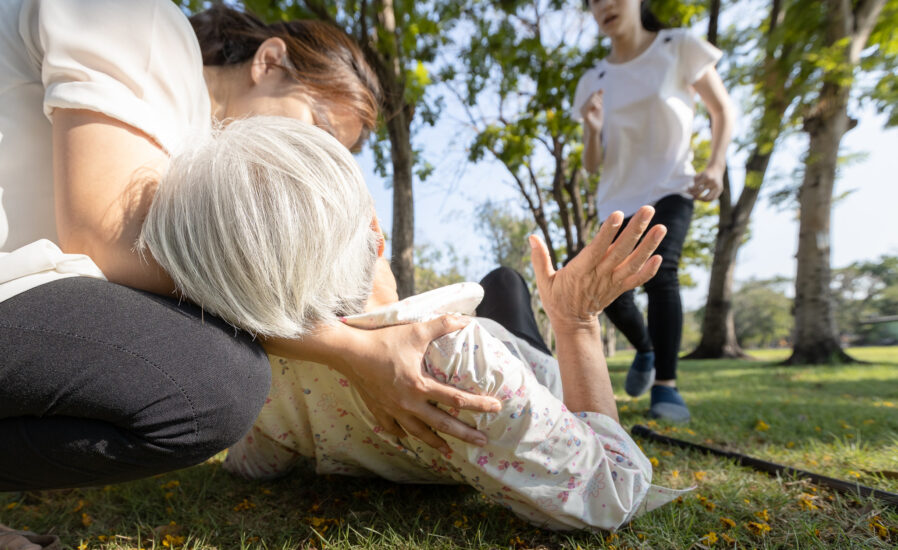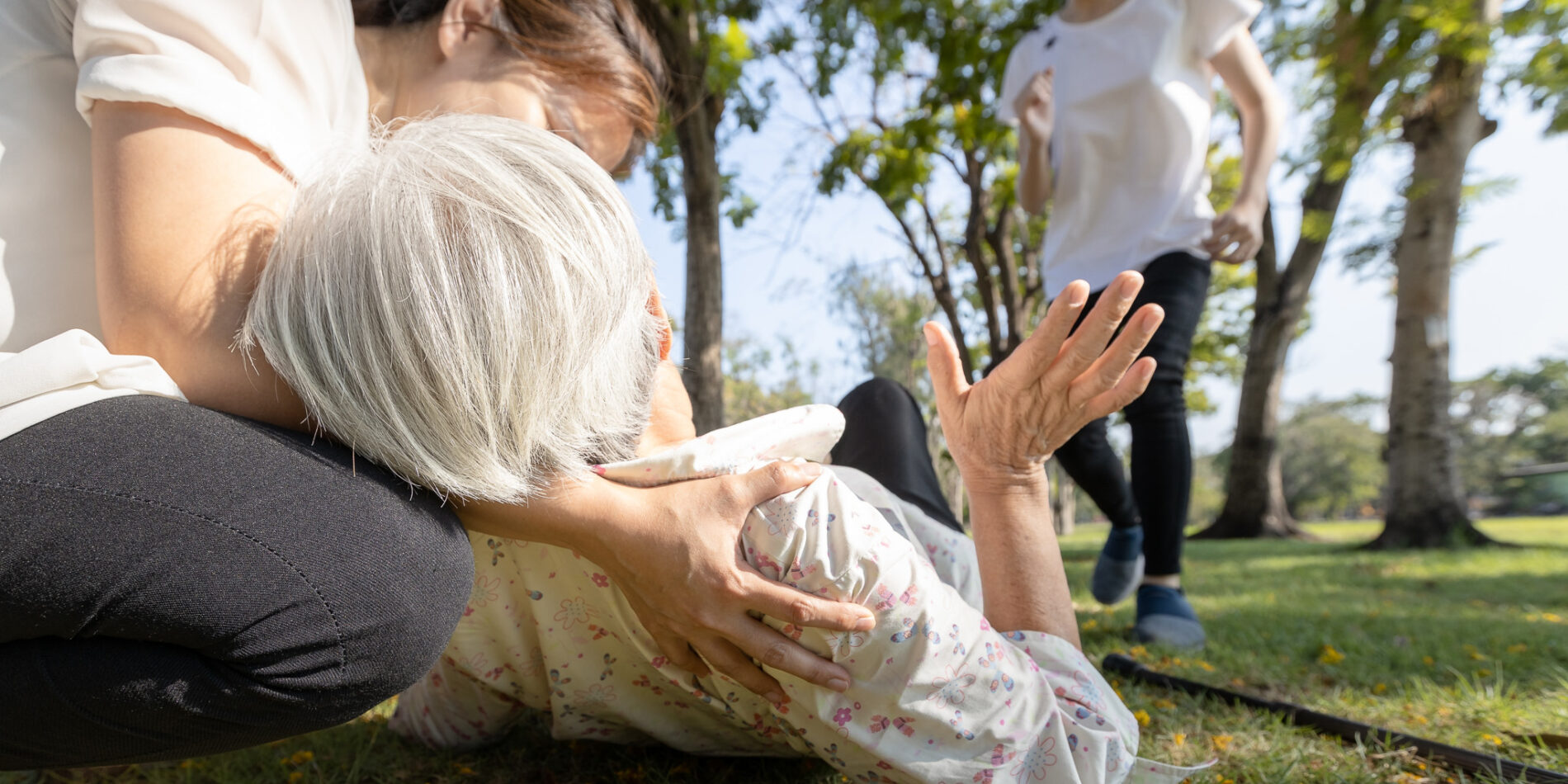
If you witness an elderly person slipping and falling, it’s crucial to remain calm and act promptly to ensure their safety and well-being. Here’s what you should do:
1. Ensure Safety
- Check the Surroundings: Ensure there are no immediate hazards (e.g., sharp objects, wet floors, or ongoing traffic) that could cause further harm to the person or yourself.
- Avoid Moving Them Immediately: Do not move the person unless they are in immediate danger (e.g., from oncoming traffic or a hazardous spill). Moving them could worsen potential injuries.
2. Check for Responsiveness
- Communicate Calmly: Speak to them in a reassuring tone to assess their condition. Ask if they feel pain and where it hurts.
- Look for Signs of Serious Injury: Check for bleeding, visible deformities, or difficulty breathing, which might indicate fractures or internal injuries.
3. Call for Help if Necessary
- Dial Emergency Services (911 in the U.S.): If they appear seriously injured, unconscious, or in pain, call for professional medical assistance immediately.
- Contact Family or Caregivers: If you know the person, inform their family or caregiver about the situation.
4. Provide Comfort and Support
- Encourage Them to Stay Still: If they appear injured, ask them to remain as still as possible until help arrives.
- Keep Them Warm: Use a jacket, blanket, or anything nearby to keep them warm, as elderly individuals may be more susceptible to shock.
5. Help Them Up Safely (If They’re Not Injured)
If you determine they’re not seriously hurt and they express that they feel fine, assist them in getting up carefully:
- Find a Stable Support: Bring a sturdy chair or other stable object nearby to help them balance.
- Guide Their Movements: Have them roll onto their side, get onto their hands and knees, and use the support to slowly rise to a seated position.
- Stay Close: Stand nearby to steady them as they move.
6. Encourage a Medical Check-Up
Even if they don’t appear injured, it’s important for the elderly individual to see a healthcare professional. Falls can result in hidden injuries, such as internal bleeding or fractures, that may not be immediately apparent.
7. Address the Cause of the Fall
- Inspect the Area: Look for what caused the fall (e.g., a slippery surface, loose rug, or poor lighting) and take steps to address it to prevent future incidents.
- Educate About Fall Prevention: If appropriate, gently suggest using assistive devices (e.g., a walker or cane) or making adjustments to their environment to reduce the risk of falls.
When in Doubt, Seek Help
It’s always better to err on the side of caution when dealing with falls, especially in elderly individuals. Prompt action can prevent complications and ensure their safety. If you have any concerns, do not hesitate to involve medical professionals.
Falls can be a frightening experience for both the individual and those witnessing it, but with calm and thoughtful intervention, you can help manage the situation effectively.
Last modified: November 18, 2024




